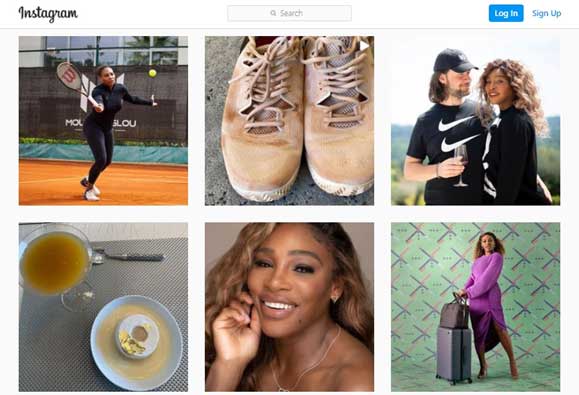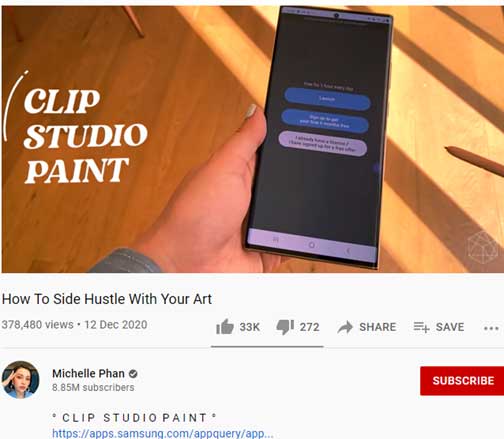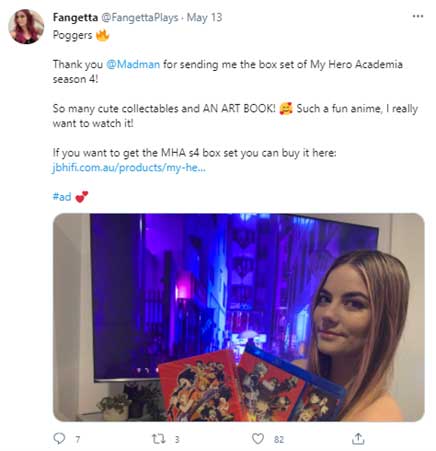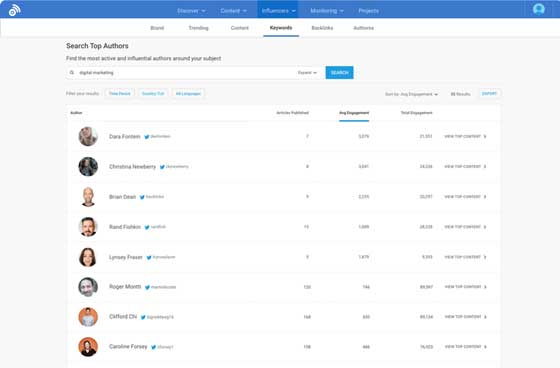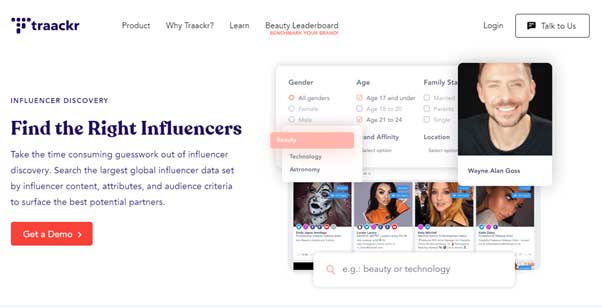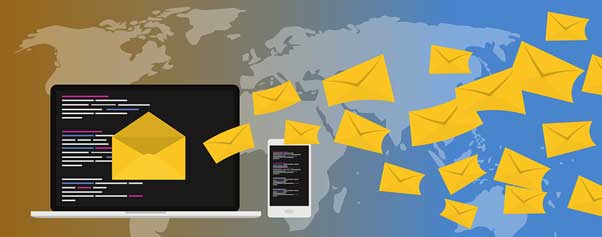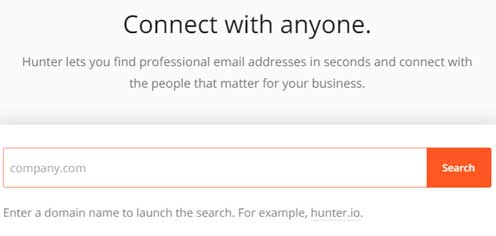There are many options available for your business when utilizing digital marketing, including influencer marketing. By combining the power of social media with the popularity and sway of notable public figures, influencer marketing has seen many businesses step outside the traditional advertising bubble and promote their brand in an unorthodox yet helpful manner. 94% of marketing professionals consider influencer marketing an effective advertising tactic if you know which approach to take.
This detailed guide looks into building influencer outreach campaigns that will give your traffic a massive boost.
What is an influencer outreach campaign?
Influencer marketing is a social media advertising tactic focusing on an existing community of followers built up by a specific influencer. As these influencers are authoritative voices in their niches, they possess an engaged audience that listens to what they have to say about their specialist subject.
Therefore, you can utilize an influencer to reach a new audience. For example, a company that manufactures treadmills could reach out to a fitness influencer. As people who follow the influencer will tend to have a keen interest in the topic of fitness, a post mentioning the treadmill is liable to grab the attention of multiple potential customers.
This is the modern evolution of celebrity endorsements. Influencers are a more trusted source by their fans and followers. If they’re endorsing a product or brand, the general view is that this is from a more holistic, well-researched place. Influencer outreach is usually more selective about what brands they associate with before promoting them on social media. If it doesn’t fall in line with their personal beliefs and the audience they’ve cultivated, they are unlikely to partner up with a brand in fear of alienating their followers.
This is one of the reasons why you cannot rush into setting up an influencer outreach campaign.
Points to remember when picking an influencer
An endless selection of influencer outreach exists on social media, but no influencer is the same as the other. While one influencer may have helped a different brand grow, it doesn’t mean they can do the same for your company.
As a result, there are various factors to remember before you launch an influencer outreach campaign. These include:
- Reach: Does an influencer have a suitable following to engage your targeted audience? Also, they need to have sufficient reach on the social media platforms your audience utilizes.
- Demographic: Is the influencer within your sector to some extent? If they’re not positively affecting the people you’re actively targeting, then an advertisement is likely to miss the mark.
- Knowledge and expertise: What type of content does your influencer of choice produce? If it doesn’t closely match your campaign content, it could diminish the impact gained from your marketing efforts.
- Public perception: You want to select an influencer that society likes universally. If the influencer has a split in public perception between appreciation and denunciation, this could turn away potential clients.
Get it right, and an influencer-driven campaign can deliver in a big way.
A guide to building a successful influencer outreach campaign
By following the steps listed below, you can create an influencer outreach campaign that delivers success.
Step 1: Define your campaign goal


